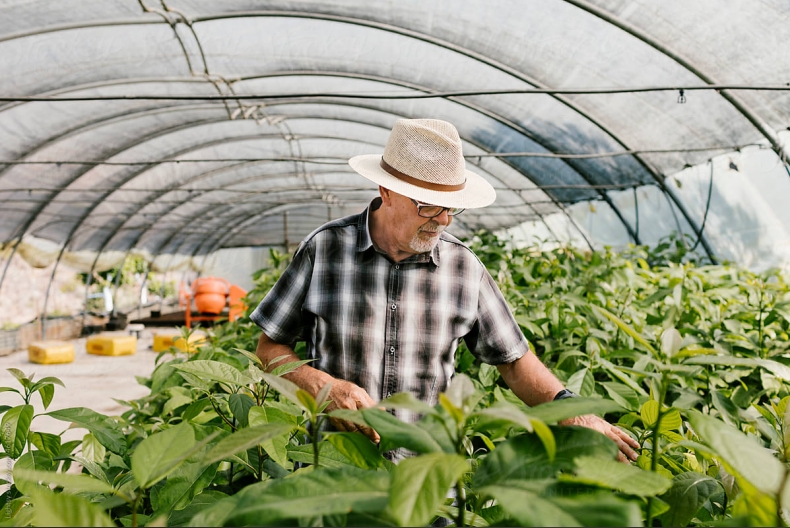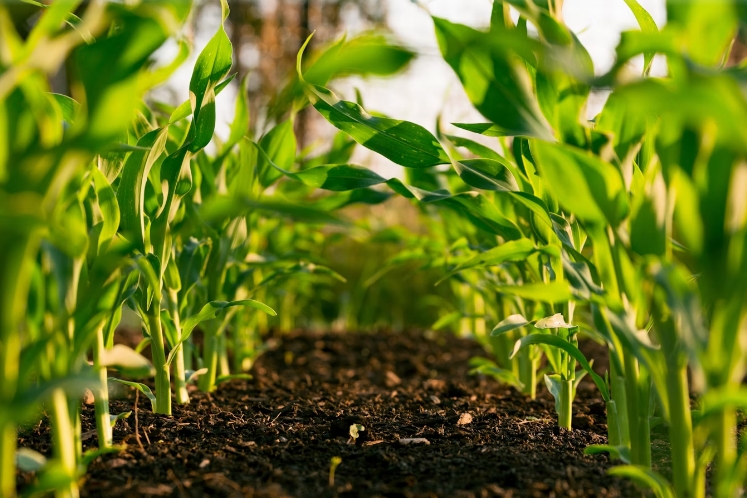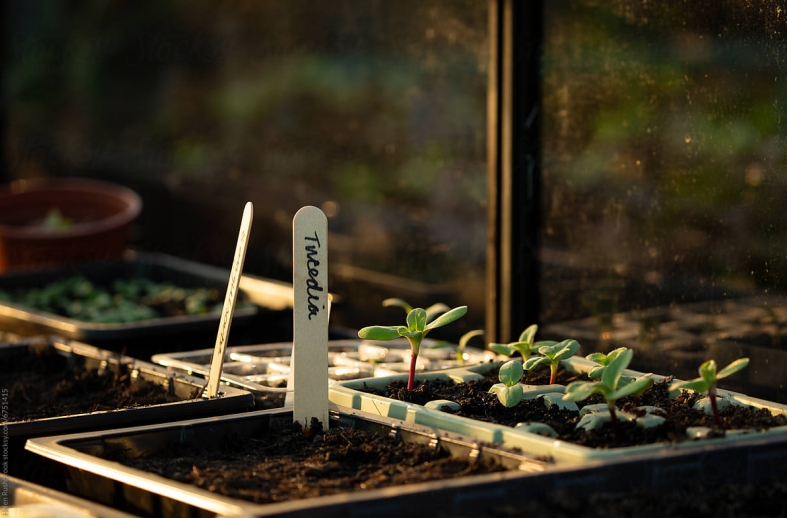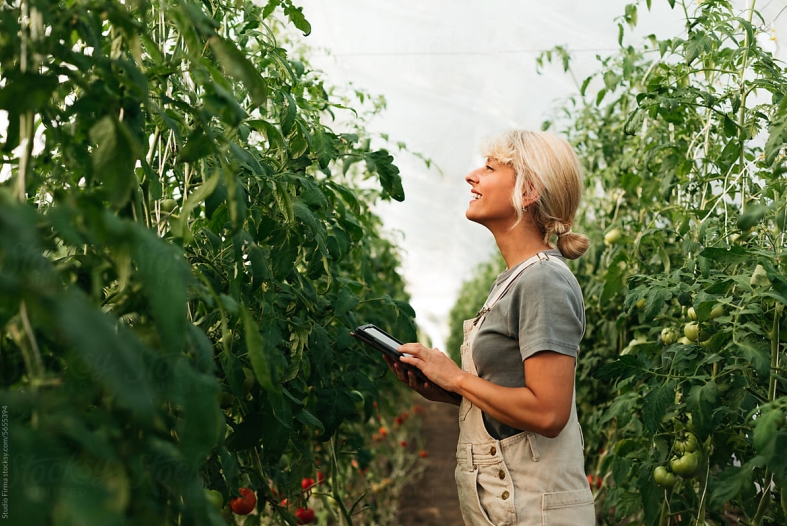Introduction
With the rapid development of modern agriculture, greenhouse cultivation technology has become a critical means of improving agricultural productivity, ensuring product quality, and stabilizing supply. Against the backdrop of global climate change and increasingly limited arable land resources, greenhouse agriculture—with its advantages of efficient resource utilization, resilience to natural disasters, and year-round stable production—is gaining widespread adoption worldwide. However, the success of greenhouse agriculture largely depends on the quality and performance of greenhouse facilities, which are directly tied to the selection of greenhouse suppliers. Choosing the right greenhouse supplier not only affects the return on initial investments but also profoundly impacts the long-term development of agricultural enterprises. This article explores the key factors in selecting greenhouse suppliers and how to establish long-term, stable, and mutually beneficial partnerships, providing insights for the sustainable growth of agricultural businesses.

1. Key Factors for Evaluating Greenhouse Suppliers
a. Technical Expertise and Innovation Capability
The technical strength of a greenhouse supplier is the primary factor in evaluating their competence. An excellent supplier should possess advanced greenhouse structure design capabilities, offering customized solutions tailored to regional climate characteristics, crop requirements, and customer budgets. Greenhouse designs must not only meet basic requirements such as light transmittance, thermal insulation, and resistance to wind and snow but also accommodate future expansion and technological upgrades.
Material quality forms the foundation of greenhouse construction, directly influencing its lifespan and safety. High-quality covering materials should exhibit excellent optical performance, weather resistance, and mechanical strength, while structural materials must provide sufficient load-bearing capacity and corrosion resistance. For instance, leading suppliers in Israel and the Netherlands typically use high-strength hot-dip galvanized steel for frames, paired with multi-layer co-extruded polycarbonate or ETFE films as covering materials, ensuring 15–20 years of service life even in harsh climates.
Environmental control systems are the core of modern greenhouses, and their sophistication directly determines production efficiency. Advanced systems should enable precise regulation of temperature, humidity, light, and CO₂ concentration, along with data collection, analysis, and remote monitoring capabilities. Smart control systems integrated with IoT and AI technologies can automatically adjust greenhouse parameters based on crop growth stages and external environmental changes, significantly enhancing resource efficiency and crop yields.
A supplier’s commitment to innovation and R&D is key to maintaining long-term competitiveness. As agricultural technology evolves, suppliers with continuous R&D investment and innovation capabilities can introduce new technologies and products, helping clients sustain their competitive edge. Metrics such as patent portfolios, R&D team size, and annual R&D investment ratios can be used to assess a supplier’s innovation capacity.
b. Product Quality and Reliability
Greenhouse facilities represent long-term investments for agricultural enterprises, and their quality and reliability directly affect returns. Material durability is a critical consideration. Premium materials maintain stable performance under extreme conditions such as high temperatures, humidity, and UV exposure. For example, high-quality polycarbonate panels retain optical performance for over a decade with proper installation and maintenance, whereas standard plastic films may require replacement every 2–3 years.
System stability and failure rates are vital indicators for evaluating suppliers. Stable operation of environmental control systems is crucial for crop growth, as even brief malfunctions can lead to significant economic losses. Reliable suppliers should incorporate redundancy and fail-safe mechanisms to ensure basic functionality during partial system failures.
Quality certifications and compliance with standards serve as external assurances of product quality. Suppliers with ISO 9001 certification, CE marks, or other internationally recognized certifications typically offer more reliable products. Additionally, compliance with local building codes and safety standards facilitates insurance coverage and financing.
c. Service Capability and Responsiveness
Greenhouse installation and commissioning are specialized tasks that influence initial system performance and subsequent operations. Professional installation teams ensure systems are set up according to design specifications, while effective commissioning accelerates optimal performance. Leading suppliers often provide comprehensive technical guidance and training to ensure proper operation and maintenance.
A robust after-sales service system is fundamental to long-term partnerships. Issues during greenhouse operation are inevitable, and timely, effective support minimizes downtime and losses. Premium services should include regular maintenance, technical assistance, and training to extend equipment lifespan and enhance efficiency.
Emergency response mechanisms are critical for production safety. Agricultural operations are sensitive to environmental conditions, and system failures can escalate quickly. Suppliers should establish 24/7 response protocols to deliver rapid support. Evaluation criteria may include service network coverage, technical support team size, and average response times.

2. Assessing Supplier Business Strength
a. Enterprise Scale and Market Position
A supplier’s size and market position indicate their capacity for sustained service. Larger, well-established firms generally possess stronger resource integration and supply chain stability, ensuring consistent delivery during industry fluctuations. Metrics such as market share, annual revenue, and company history help assess scale and market standing.
b. Financial Stability and Sustainability
Financial health determines a supplier’s ability to invest in R&D and deliver long-term support. Suppliers with sound finances can continuously improve products and services. Where feasible, review financial statements, credit ratings, or third-party evaluations to gauge financial stability.
c. Past Projects and Client Feedback
Successful project cases, particularly those aligned with a client’s needs, demonstrate a supplier’s execution capabilities. Direct feedback from existing clients provides authentic insights into satisfaction levels and user experiences.
d. Industry Reputation and Brand Influence
Reputation reflects market-wide recognition of a supplier’s reliability. Renowned brands prioritize maintaining their image and accountability. Participation in industry events, trade shows, or associations offers opportunities to assess a supplier’s standing.

3. Strategies for Building Long-Term Partnerships
a. Define Goals and Expectations
Clarify mutual objectives—technical specifications, service standards, delivery timelines—early in the partnership. Establish a performance evaluation framework to monitor progress and adjust strategies as needed.
b. Effective Communication Mechanisms
Designate dedicated liaisons and communication channels for timely information exchange. Hold regular technical meetings to share industry trends and updates. Implement feedback and resolution protocols to address issues promptly.
c. Comprehensive Contractual Agreements
Contracts should detail rights, responsibilities, product specifications, service levels, payment terms, and dispute resolution mechanisms. Incorporate flexibility to adapt to market or technological changes.
d. Risk-Sharing and Benefit-Sharing Models
Develop joint risk management plans to address market and technological challenges. Explore mutually beneficial models, such as technology sharing or profit-sharing, to strengthen collaboration. Consider strategic alliances or joint ventures for resource synergy.
c. Continuous Evaluation and Improvement
Conduct periodic assessments to review partnership outcomes. Collect user feedback to refine products and services. Adjust strategies based on evaluations to ensure the relationship remains dynamic and relevant.

4. Common Challenges and Solutions
a. Technology Upgrades
Greenhouse systems risk obsolescence as agricultural technology advances. Address this by including upgrade clauses in contracts, implementing phased upgrade plans, and co-developing technology roadmaps.
b. Cost Control
Greenhouse projects involve high upfront and operational costs. Adopt lifecycle cost analysis to prioritize long-term ROI over initial expenses. Monitor expenditures regularly and collaborate on energy-saving solutions to reduce operational costs.
c. Supply Chain Risks
Globalization increases exposure to supply disruptions. Mitigate risks by selecting suppliers with stable supply chains, maintaining critical component inventories, and diversifying sourcing channels. Suppliers should enhance transparency and collaborate on contingency plans.
d. Intellectual Property Protection
Unclear IP ownership in collaborations may lead to disputes. Define IP rights and usage permissions in agreements. Establish confidentiality protocols and explore patent-sharing or cross-licensing arrangements.

Conclusion
Selecting the right greenhouse supplier is pivotal for agricultural enterprises. A thorough evaluation of technical expertise, product quality, service capabilities, and business strength ensures alignment with current needs and future growth. Building long-term partnerships requires mutual commitment to clear goals, effective communication, balanced risk and benefit allocation, and continuous improvement. Through sustained collaboration with reputable suppliers, agricultural businesses can secure reliable technical support and service guarantees, achieving sustainable development and maintaining a competitive edge in dynamic markets.

Copyright ©Kunyu Greenhouse Co., Ltd. All Rights Reserved | Sitemap